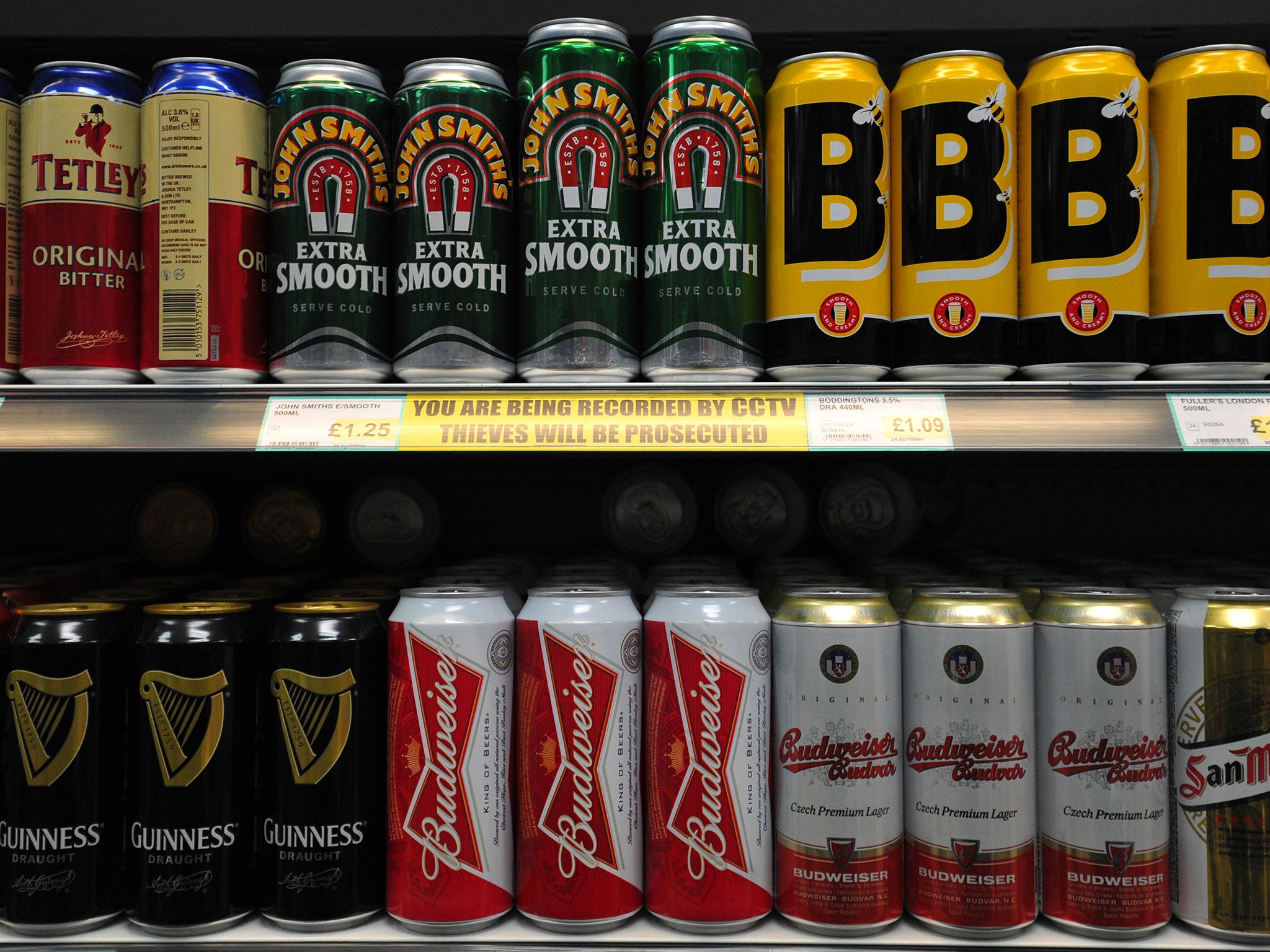New alcohol guidelines: Everything you need to know about the drinking recommendations
The UK's chief medical officer has warned that any level of drinking cannot be classed as "safe"

Your support helps us to tell the story
From reproductive rights to climate change to Big Tech, The Independent is on the ground when the story is developing. Whether it's investigating the financials of Elon Musk's pro-Trump PAC or producing our latest documentary, 'The A Word', which shines a light on the American women fighting for reproductive rights, we know how important it is to parse out the facts from the messaging.
At such a critical moment in US history, we need reporters on the ground. Your donation allows us to keep sending journalists to speak to both sides of the story.
The Independent is trusted by Americans across the entire political spectrum. And unlike many other quality news outlets, we choose not to lock Americans out of our reporting and analysis with paywalls. We believe quality journalism should be available to everyone, paid for by those who can afford it.
Your support makes all the difference.Any level of regular drinking can put a person’s health at risk, according to official new guidance on alcohol consumption.
The new recommendations are based on scientific evidence which shows that alcohol can increase the risk of developing cancer, in addition to other health problems caused by binge-drinking.
The UK’s chief medical officer also dismissed previous claims that red wine has health benefits.
From how much you are recommended to drink, to what the unit guidelines mean, here is everything you need to know about the new recommendations.
How will the changes affect me?
Everyone is warned against binge drinking and advised to limit their alcohol consumption, alternate drinks with water, and try to drink with food. The public are also advised to avoid drinking more than five to seven units at which point the risk of accident or injury is said to “accelerate”.
Activities and places which could put you at risk of injury and accident while drinking should also be avoided, and people should ensure they can get home safely, according to the guidelines.
Those who drink 14 units per week are told to do so over three or more days, while people who exceed this are warned they are increasing the risk of long-term illnesses and alcohol-linked accidents and injuries
Men: The recommended amount of units that a man is advised to consume has gone down from 21 to 14. This means that women and men should drink the same amount to minimise the health risks.
14
The maximum number of units men and women can safely drink in a week
Pregnant women: Previous guidelines suggested that expectant mothers should avoid drink, but could safely consume one or two units of alcohol once or twice a week at the very most.
Now, pregnant women are advised to stop drinking entirely.
Women are warned that while the risk to a baby is low if small amounts are consumed, they are reminded the risk of causing long-term damage to the baby increases the more that is drunk. This is partly based on fears that women may lose track of how much they drink.
Those who find out they are pregnant after drinking should stop - but experts have assured expectant mothers that their baby is unlikely to have been affected.
What are the changes based on?
The new guidelines cast aside recommendations issued in 1995, and are based on the conclusion that no level of drinking is entirely “safe”.
The recommendations take into account new scientific evidence which shows that alcohol consumption at even a relatively low level can increase the risk of cancer.
Low and moderate alcohol consumption has been linked to seven types of cancer, including breast, mouth and bowel.
Drinking is also associated with conditions such as heart disease, cancer, liver disease, and epilepsy.
However, it is important to remember that while the risk is greater that figure is small with low and moderate levels of consumption, which has been set at 14 or less units per week.
How do I know how much 14 units is?
14 units is equivalent to 14 single measures of spirits at 37.5 per cent ABV; seven pints of 4 per cent strength nine and one-third 125ml glasses,seven 175ml glasses, or four and two-thirds 250ml glasses of 12 per cent-strength wine.
Additional reporting by PA
Join our commenting forum
Join thought-provoking conversations, follow other Independent readers and see their replies
Comments